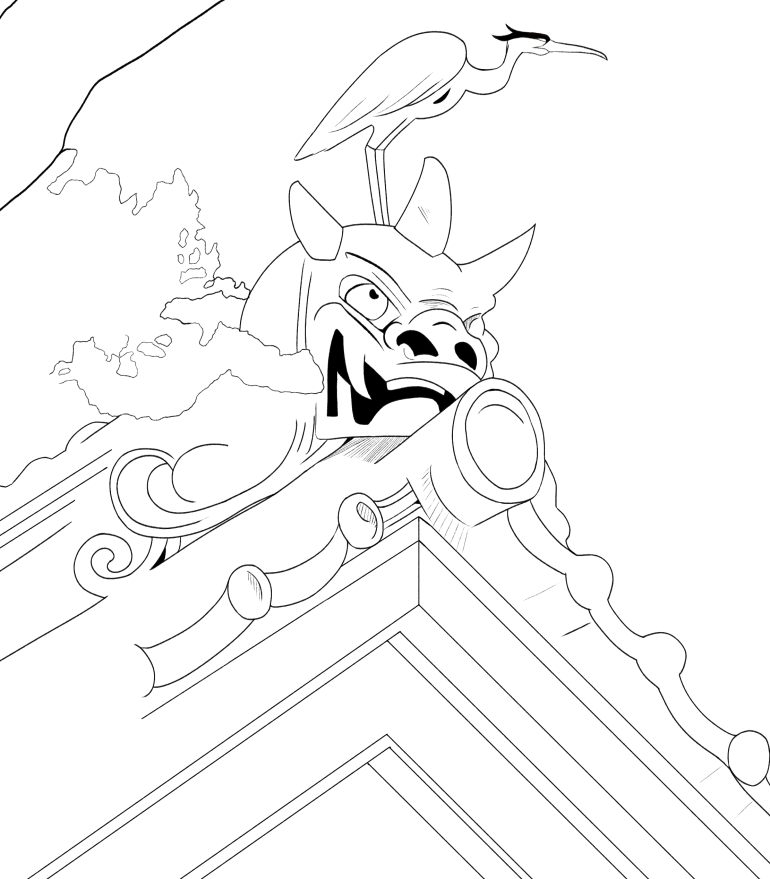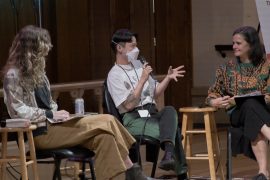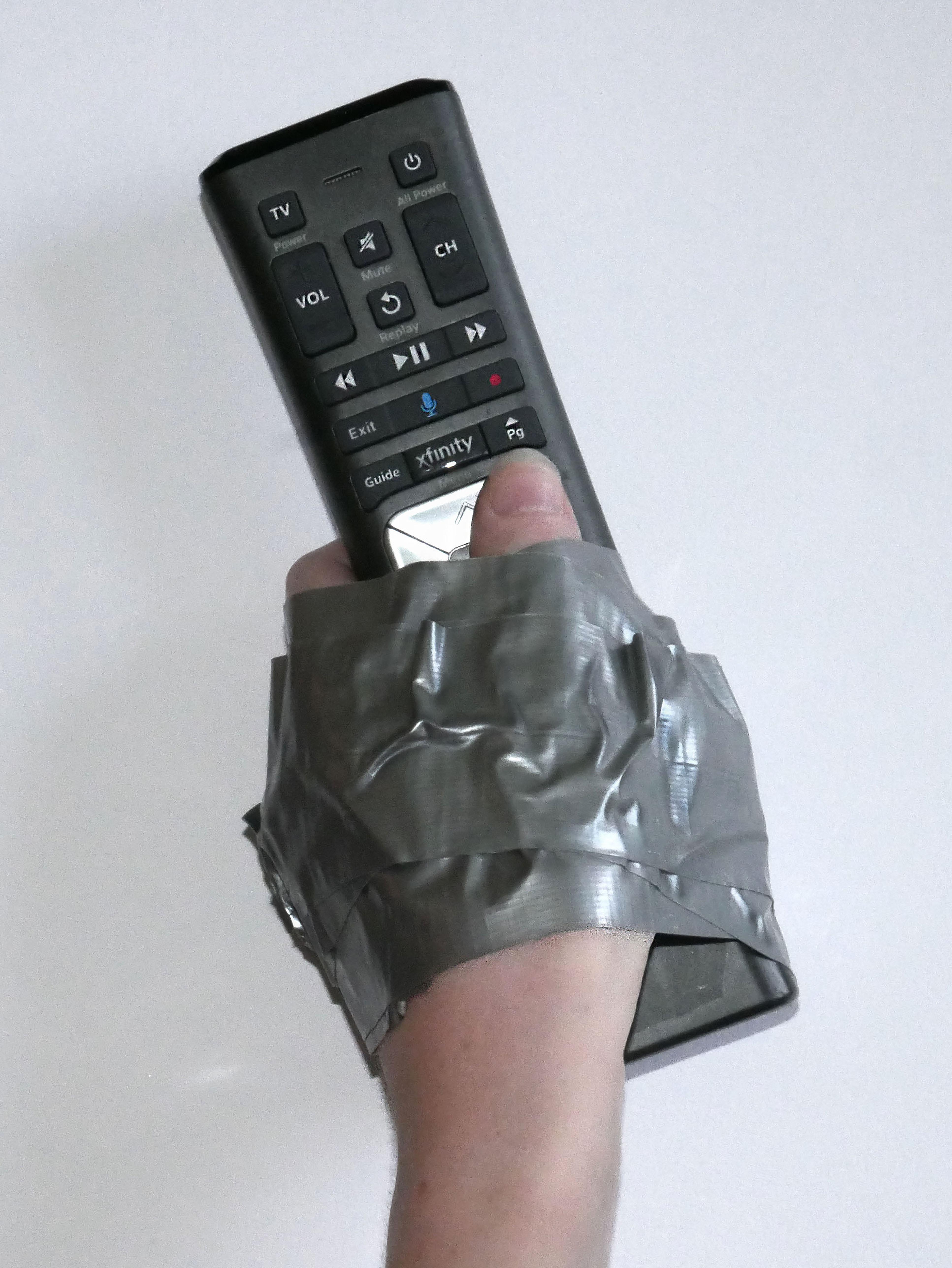“Mahito, your presence is requested…” The strange, inhuman speech from a grey heron on the afternoon air. Mahito, a 12 year old boy, clenches his handmade bow close to his chest and furrows his brow. Something is not right here. But it doesn’t matter. He has to find his mother.
Hayao Miyazaki’s newest film, The Boy And The Heron, is a unique entry into the Studio Ghibli roster of films, not only because of its darker tone compared to the studio’s brighter, more joyful films like Ponyo or Howl’s Moving Castle, but because of its semi-autobiographical nature. The film draws powerful parallels to Miyazaki’s life story, taking aspects of his early childhood and bringing them to the screen in a fantastical epic style.
The Boy And The Heron (originally titled How Do You Live? in Japanese) follows Mahito Maki, a young boy living during the Pacific War in 1943 and his adventure in a fantastical realm of the living and the dead with a talking grey heron. After his mother perishes in a hospital fire, Mahito moves to the countryside to get away from the city with his father Shoichi, who works manufacturing plane parts for use during the war (a parallel to Miyazaki’s father, who worked doing the same thing). Although Mahito’s mother is dead, his father has gotten recently engaged to a woman, Natsuko, who looks exactly like his mother. Mahito’s relationship with his step-mother is polite but stiff, and he struggles with adjusting to the new living space and community, often on the outside of situations and dealing with much of his internal struggles by himself. But when Natsuko disappears and Mahito learns of a mysterious tower near his home that’s rumored to be a gateway into another world, the grey heron reveals itself, promising that he can help Mahito bring back his mother. And although Mahito knows the heron can’t be trusted, he has to “see” for himself.
One of the aspects about The Boy And The Heron that I enjoyed was the realistic and mature handling of topics normally too adult for Ghibli movies. Mahito deals with self hatred, loathing, mistrust, and loneliness, tormented by memories of his mother burning in the hospital fire that took her life and the powerlessness he felt in his ability to save her. The movie also has a fair amount of blood. Mahito is one of the more complex and darker male protagonists Miyazaki has explored in his filmography, a tone not seen since Princess Mononoke.
A key scene early on in the film that brings this tonal darkness to the forefront and perhaps enlightens us about the film’s influences from Miyazaki’s childhood is the scene when Mahito discovers his mother’s hospital on fire. He throws on his clothes after he’s awoken from sleep by his father and pushes through crowds of people in Tokyo as he gets closer and closer to the hospital. As he does, the crowd begins to warp and contort and the dialogue distorts, mirroring Mahito’s mounting anxiety about his mother. As Mahito’s desperation grows, the scene’s colors grow more vivid and intense, first deeper browns and then bright, burning reds and oranges, until we’re met with an image that’s tinged with horror; a massive burning hospital taking up nearly the entire screen. In only around two minutes, the scene sets the tone that the film will deal with more than just a charming children’s adventure. Takeshi Honda, the film’s character designer and animation director, said that, “Miyazaki wanted to make a picture that was more serious and sombre” and this scene alone prepares us to expect something different from the acclaimed director. Born in 1941, Miyazaki wrote “my first memories are of bombed-out cities” in his memoir Starting Point.
Another key detail in the film that helps us in understanding Miyazaki’s message is the book that appears, “How Do You Live?” written by Genzaburo Yoshino. Written in 1937, this book was written as a way to teach teenage boys in Japan proper ethics and how to navigate complicated issues that boys in Japan might have such as poverty, spiritual growth and coming of age, and the human experience. This book serves as a major driving point for Mahito’s character growth throughout the film, as it forces him to confront his selfishness and personal issues and ultimately helps him on his journey. It is also one of Miyazaki’s favorite childhood books, which aligns with its inclusion in a film largely based on his early years.
The Boy And The Heron is much more than a Ghibli movie that simply showcases a darker tone and more violence. It’s an extremely human coming of age film filled with vulnerable truths about Miyazaki’s upbringing, characters that engage with the timelessness of the human experience, and perhaps, it can help us embrace the honesty and humanity that comes with existing in this world, and not fear the weight of living that may come with it.





